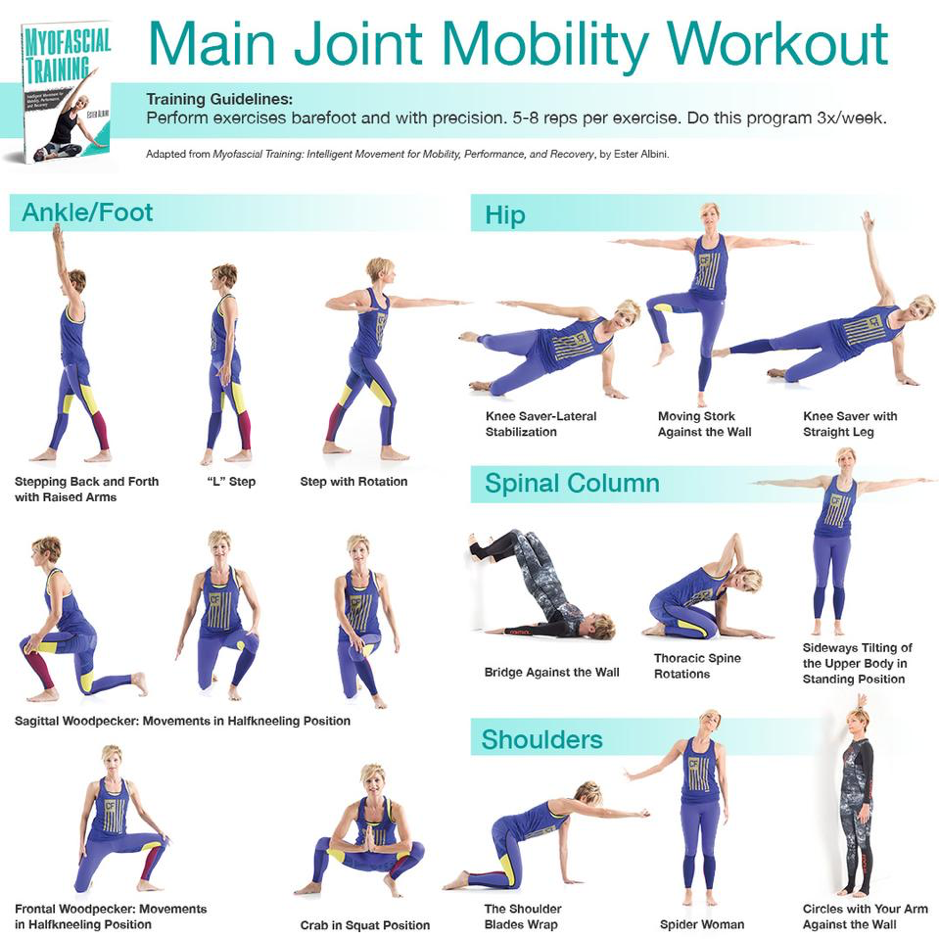Strength training can greatly improve joint stability and mobility, helping to prevent injuries and enhance overall physical performance. By targeting specific muscle groups and improving muscle strength, individuals can support their joints and move more efficiently. In this article, we will explore the benefits of strength training for joint stability and mobility, discuss key exercises to include in your routine, and provide tips for incorporating strength training into your fitness regimen.
The Importance of Joint Stability and Mobility
Joint stability and mobility are crucial aspects of functional movement. They determine how well you can perform everyday activities, such as walking, running, bending, or lifting objects. If your joints lack stability and mobility, you may experience limitations in range of motion and increased risk of injuries, including sprains and strains.
When the muscles surrounding a joint are weak, the joint becomes more prone to misalignment and instability. This can lead to improper movement patterns, increased stress on the joint, and eventually wear and tear. By focusing on strength training exercises, you can develop stronger muscles that support your joints and improve overall joint stability.
Benefits of Strength Training for Joint Stability and Mobility
Strength training offers numerous benefits for joint stability and mobility:
Improved muscle strength: Building stronger muscles around your joints helps absorb shock and reduces strain on the joints during movement.
Enhanced joint stability: Strengthening the muscles surrounding a joint improves its stability, minimizing the risk of injuries and promoting proper alignment.
Increased range of motion: Regular strength training exercises improve flexibility and enable a greater range of motion in your joints.
Reduced joint pain: Strengthening the muscles around a joint can alleviate joint pain and discomfort by providing additional support and stability.
Key Strength Training Exercises for Joint Stability and Mobility
When designing a strength training routine to improve joint stability and mobility, it is essential to target the major muscle groups surrounding the joints. Below are some key exercises that can be incorporated:
1. Squats
Squats primarily target the muscles in the lower body, specifically the quadriceps, hamstrings, and glutes. This exercise helps strengthen the muscles surrounding the hips, knees, and ankles, improving overall lower body stability and mobility.
2. Lunges
Lunges are excellent for targeting the muscles in the legs and hips. They help improve the stability of the knees, hips, and ankles while also providing a stretch to the hip flexors. Variations such as reverse lunges or walking lunges can further enhance joint mobility.
3. Deadlifts
Deadlifts work the muscles in the posterior chain, including the hamstrings, glutes, and lower back. This exercise strengthens the muscles supporting the hips and spine, promoting stability and reducing the risk of lower back injuries.
4. Bridge Pose
The bridge pose is an effective exercise for targeting the muscles in the glutes, hamstrings, and lower back. By strengthening these muscles, you can improve hip stability, reduce strain on the lower back, and enhance overall core strength.
5. Plank
The plank exercise engages the core muscles, including the abs, obliques, and lower back. A strong core provides stability and support for the entire body, including the spine and hips, reducing the risk of injuries during daily activities or sports.
6. Shoulder Press
Shoulder presses help strengthen the muscles in the shoulders and upper back, promoting stability in the shoulder joints. This exercise is particularly important for individuals involved in overhead sports or activities.
Tips for Incorporating Strength Training
To effectively incorporate strength training into your fitness regimen and optimize joint stability and mobility, consider the following tips:
Start slowly: If you are new to strength training, begin with lighter weights and gradually increase the intensity over time. This allows your muscles and joints to adapt to the exercises.
Focus on proper form: Maintain proper form during exercises to maximize their effectiveness and minimize the risk of injury. If needed, consult a fitness professional for guidance.
Include a variety of exercises: Incorporate a mix of exercises that target different muscle groups to ensure balanced strength development across joints.
Listen to your body: Pay attention to how your joints and muscles feel during and after workouts. If something feels uncomfortable or painful, modify the exercise or seek professional advice.
Allow for recovery: Schedule rest days between strength training sessions to give your muscles and joints time to recover and rebuild.
Conclusion
Strength training is a valuable tool for improving joint stability and mobility. By incorporating targeted exercises into your fitness routine, you can enhance muscle strength, reduce joint pain, and prevent future injuries. Remember to start slowly, focus on proper form, and listen to your body’s signals. With consistent training, you can achieve better functional movement and enjoy a higher level of overall physical performance.

